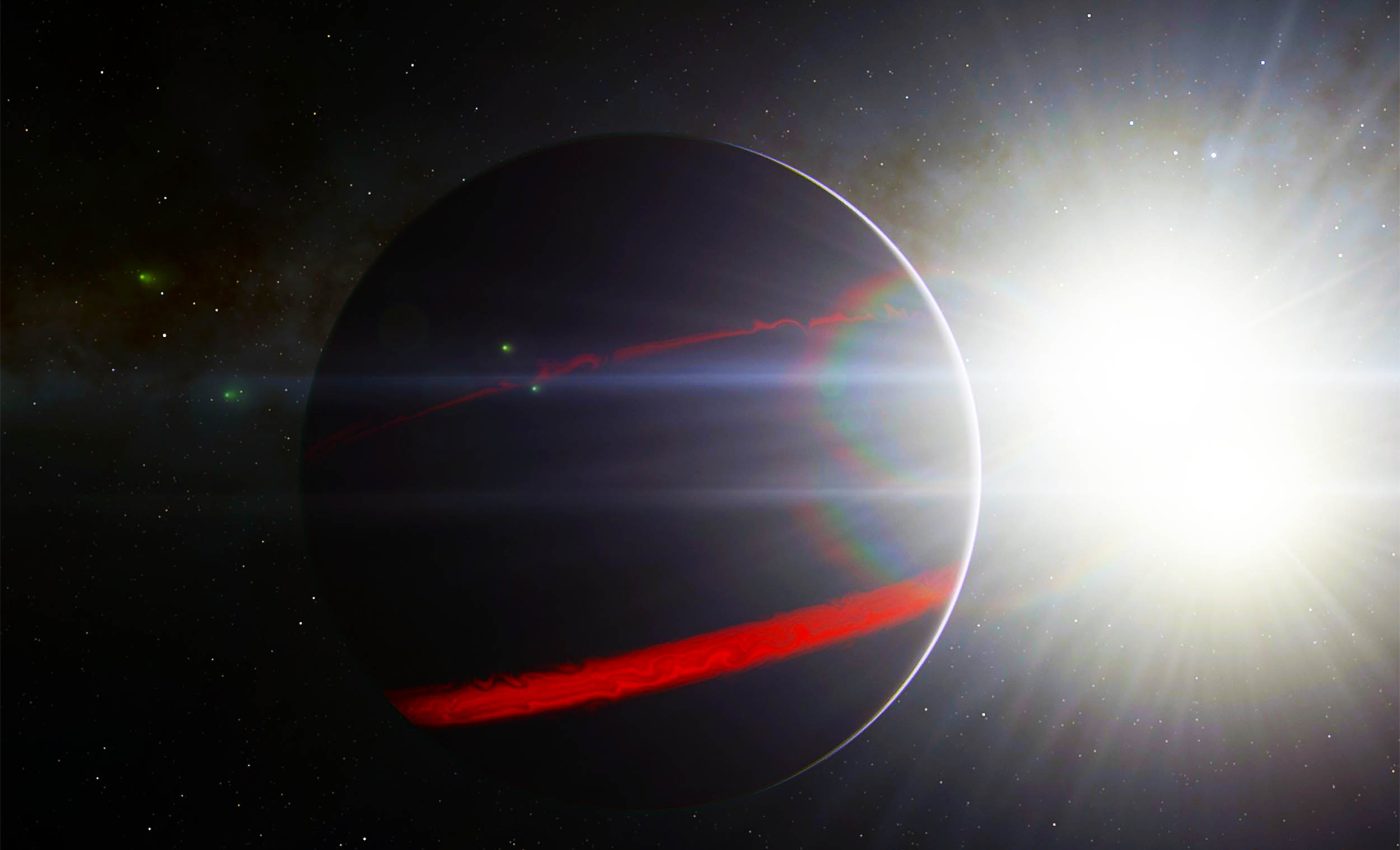
Scorching temperatures and storms measured on distant brown dwarfs
Considering the fact that there’s always a downpour of information on discoveries here on Earth, it’s easy to forget about the mysteries that are yet to be uncovered in the distant universe, such as the weather and temperatures on brown dwarfs.
Today, we will take a step towards these celestial bodies to delve into the discoveries of a team of globally acclaimed astronomers who recently prepared the most detailed weather report for two distant worlds that exist far beyond our own solar system.
Peeking into the unknown
The study in question, which is the first of its kind, sheds light on the extreme atmospheric conditions of celestial objects, painted with swirling clouds of flaming hot sand and a staggering temperature of 950 C (1742F).
The researchers turned their attention to the brown dwarfs, using NASA’s James Webb Space Telescope (JWST) to delve into the atmospheric conditions of these fascinating cosmic bodies.
The lead of this revealing study was none other than Professor Beth Biller, Personal Chair of Exoplanet Characterization at the Institute for Astronomy, University of Edinburgh.
Our exploration into these findings will help you understand the significance of this research and what it means for the future of space sciences.
Fascinating brown dwarfs
Now, if you are wondering what brown dwarfs are – they’re the cosmic bodies that are larger than planets but smaller than stars.
The particular brown dwarfs that the researchers focused on, collectively named as WISE 1049AB, are the closest and brightest of their kind to Earth, resting at a distance of just about six light years away.
Changing weather on brown dwarfs
The researchers measured the light waves emitted from their surfaces to track the atmosphere of each brown dwarf. This tracking was possible as the light waves fluctuated when more or less cloudy regions revolved in and out of view.
The researchers visualised this data through light curves, which essentially is a plot of how the brightness of light from each object changes over time.
These plots allowed the team to generate a detailed 3D picture of how the weather of the brown dwarfs changed over the course of a complete rotation, which is between five to seven hours.
Step closer to understanding the universe
Along with mapping the dynamic weather, the researchers also plotted how the light from each object varied by wavelength.
This analysis demonstrated the presence and intricate interaction of gases such as water, methane, and carbon monoxide in their atmospheres.
These insights could potentially bridge the gap in our understanding of brown dwarfs as the missing link between stars and planets – a promising step towards gaining new insights into both.
Furthermore, the JWST’s ability to observe the infrared part of the light spectrum, which is usually blocked by Earth’s atmosphere, has opened new frontiers in the study of the early universe, star formation, and exoplanets such as brown dwarfs.
Leap into the future
The latest study sets a solid base for future studies of brown dwarfs and other far-off celestial bodies, building on previous studies which only managed to capture static snapshots of their atmospheres on one side.
This was quite limiting, considering brown dwarfs are known to rotate relatively quickly and their weather can vary greatly over time.
“Our findings show that we are on the cusp of transforming our understanding of worlds far beyond our own. Insights such as these can help us understand the conditions not just on celestial objects like brown dwarfs, but also on giant exoplanets beyond our solar system,” Professor Biller explained.
“Eventually, the techniques we are refining here may enable the first detections of weather on habitable planets like our own, which orbit other stars.
In essence, the research points us towards a future where we can look beyond our own planet and explore the weather of distant habitable planets.
So, the next time you check the weather report, just imagine the possibility of checking the weather of another world.
The study is published in the Monthly Notices of the Royal Astronomical Society.
—–
Like what you read? Subscribe to our newsletter for engaging articles, exclusive content, and the latest updates.
Check us out on EarthSnap, a free app brought to you by Eric Ralls and Earth.com.
—–













